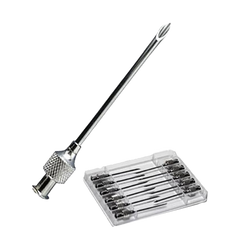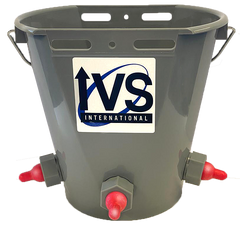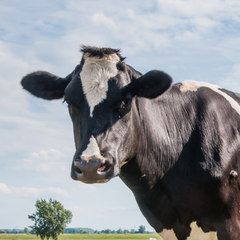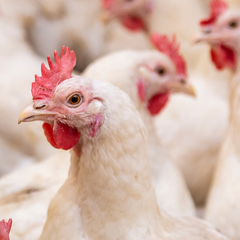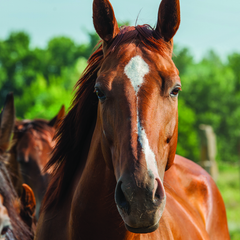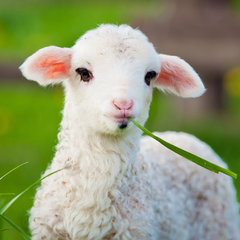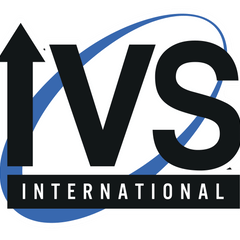Popular Categories
Sữa & Sản phẩm gia súc
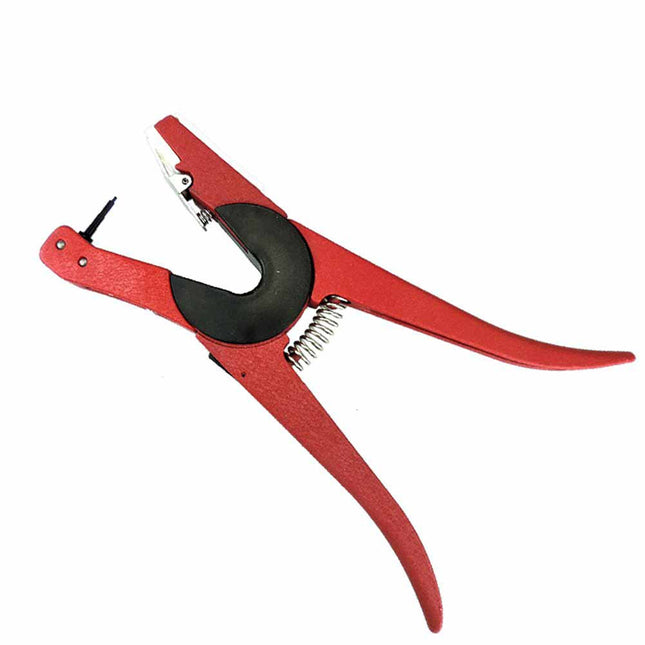
Ứng dụng thẻ tai phổ quát
Độ bám giúp giảm mỏi tay. Hàm sâu làm cho vị trí thích hợp dễ dàng hơn. Chân ứng dụng thay thế nằm trong tay cầm.
$20.30
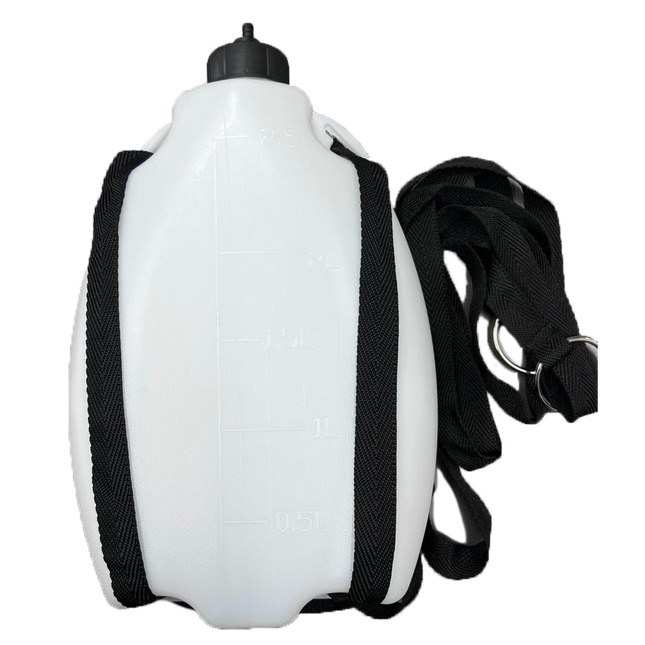
2.5 L ( 0.66 gallon) Reservoir Backpack Set for Drenching Guns
The 2.5 L backpack for drenching guns is a specialized tool designed for the efficient treatment of livestock, particularly cattle. This compact and robust backpack is ideal for administering liquid medicaments to large herds, ensuring quick and effective delivery of treatments. The backpack's design allows for easy attachments to drenching guns which are used for oral administration of fluids. With a capacity of 2.5 liters, it is suitable for use in various farm settings, from small family operations to larger commercial enterprises. The backpack is typically made from durable materials to withstand the rigors of farm use, and its ergonomic design ensures comfort for the user during prolonged periods of use. It is an essential tool for veterinarians and farmers who require a reliable and portable solution for mass treatment of animals Designed for rapid mass treatment of cattle Features for automatic drenching guns. Design for rapid mass treatment of cattle Perfect for administering liquid, medicines to large herds. Quick, easy and effective Kit includes: backpack container, standard cap, vented cap and back strap
$25.30
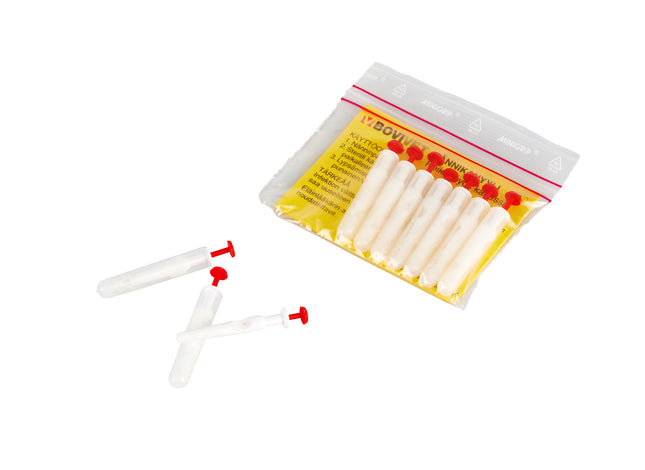
BOVIVET Teat Dilators 10/pk
Diam. 5,5 mm, chiều dài 35 mm, đóng gói riêng trong ống nhựa với gel bôi trơn, obdurator màu đỏ được loại bỏ khi vắt sữa.
$8.10
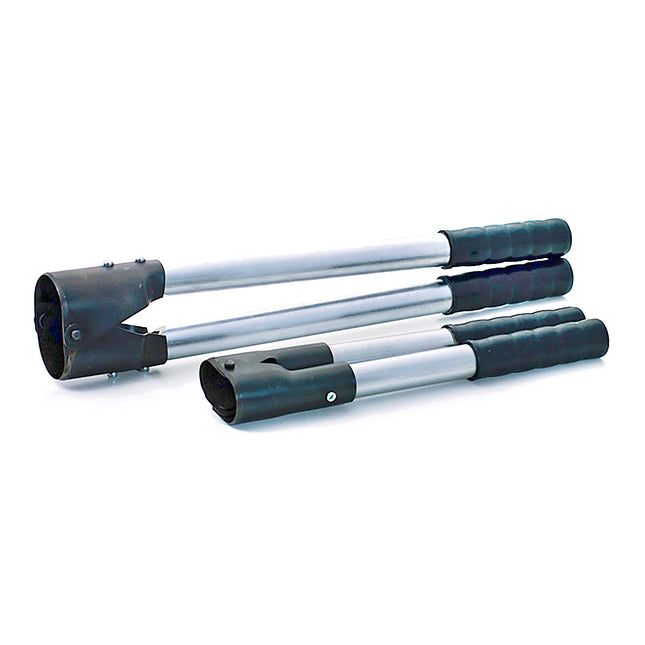
Barnes Dehorner Metal Handles, 13 ̋ & 17 ̋
Barnes Dehorners with metal handles are essential tools in livestock management, specifically designed for the dehorning of calves and cattle. The 13-inch and 17-inch models cater to different sizes of livestock, ensuring a precise fit for effective use. Constructed from high-grade hardened steel, the cutting heads of these dehorners are built for durability and a smooth operation. The overlapping cutting edges are a critical feature, providing a complete cut, which is vital for the welfare of the animals and the efficiency of the task. Comfort is also a consideration in the design, with poly-coated grips on the metal handles to reduce slippage and increase user comfort during the dehorning process. These tools are recognized for their long-lasting service and are a testament to the quality craftsmanship that goes into their production. Dehorning is a common practice in livestock management, primarily aimed at ensuring the safety and welfare of both the animals and their handlers. The process involves removing the horns of cattle, which can be potentially dangerous. The benefits of dehorning are multifaceted: it reduces the risk of injury to other cattle, as horned animals can cause harm to each other, especially in close quarters. For handlers, dehorned cattle are safer to manage and transport, minimizing the risk of injuries during routine handling or when moving the animals between locations. Additionally, dehorned cattle require less space at feeding troughs, which can lead to more efficient feeding practices and reduced competition among animals. This can also translate to less bruising of carcasses during transportation to slaughter facilities, which is not only a welfare concern but also has economic implications. Furthermore, the removal of horns is believed to reduce aggressive behaviors associated with dominance, leading to a more harmonious herd dynamic. With cutting blades made of high-grade tool steel our dehorners are good to have a very clean dehorning job especially in calves from 2 – 8 months. Heavy construction, chrome plated handles with rubber grips. Available in 13˝ and 17˝ sizes.
$23.99 - $25.90
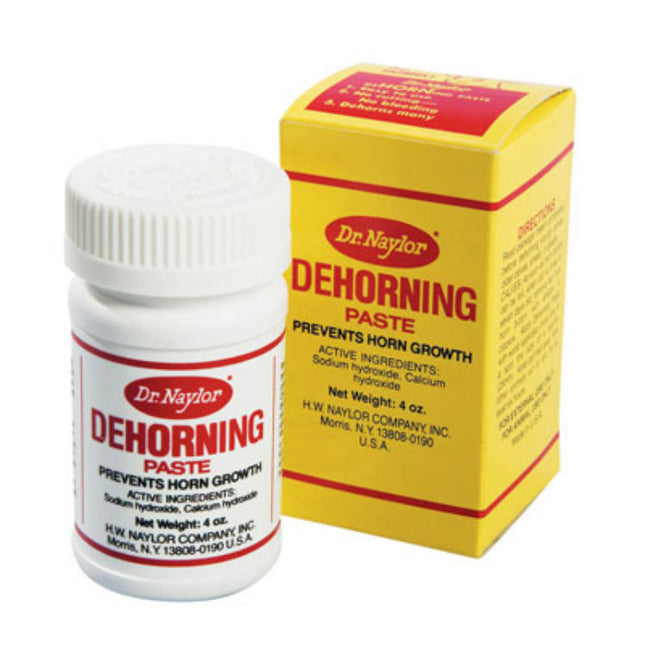
Dr. Naylor® Dehorning Paste, 4 oz
Tiến sĩ Naylor Dehorning Paste là để ngăn ngừa sự phát triển của sừng. Nhanh chóng, an toàn và tiết kiệm. Ứng dụng duy nhất là tất cả những gì cần thiết cho bê non. Liều dùng: Áp dụng ngay khi có thể cảm nhận được nút sừng lúc 3 đến 7 ngày tuổi. Nội dung: 4 oz.
$7.10
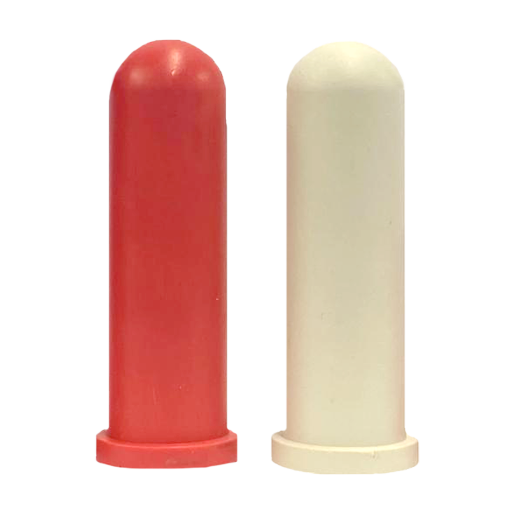
4 ̋ Núm vú bê
Calf nipples are an essential tool in the husbandry of young livestock, particularly for calves that may be orphaned or require supplemental feeding The quality of these nipples is paramount as they must be durable enough to withstand the vigorous nursing behavior of calves, yet soft enough to be safe for their delicate mouths. Known for its exceptional rubber formula that balances toughness with flexibility for extended use these nipples are designed to fit specific bottle caps and are often available in various sizes to accommodate different age groups and feeding needs. Proper use of calf nipples involves ensuring they are clean and free from defects before each feeding, and replacing them at signs of wear to prevent ingestion of small pieces. With the right quality and care, calf nipples can significantly ease the process of hand-rearing calves, ensuring they receive the vital nutrition they need during the early stages of life. Signs of wear in calf nipples can include visible cracks, tears, or significant thinning of the rubber material. These defects can not only affect the feeding efficiency but also pose a health risk to the calves, as cracked nipples can harbor bacteria that may lead to infections. It's crucial to inspect the nipples regularly for these signs of wear and tear and replace them promptly to maintain a safe and hygienic feeding environment for the young livestock. Additionally, any discoloration or change in texture could indicate degradation of the material, which is another sign that the nipple should be replaced. Proper maintenance and timely replacement of calf nipples are essential for the well-being of the calves and the smooth operation of feeding routines Milk Bucket/Bottle Nipple/Teat Replacement. Non-toxic rubber for milk drinking feeders 4˝ length; Red or White
$3.90 $3.50
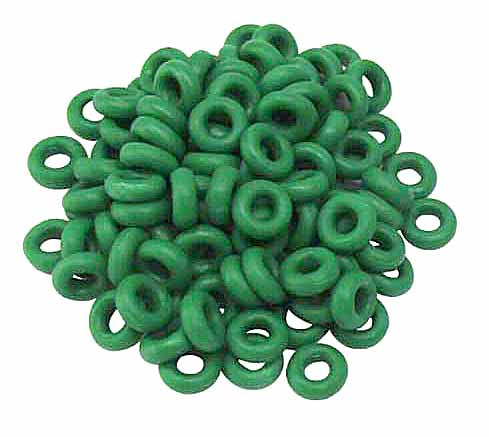
Ban nhạc castrating - Túi / 100
Castrating bands are specialized tools used in veterinary practices for castrating young animals such as lambs, calves, and pigs, as well as for docking tails. These bands are typically made from high-quality latex, which ensures excellent retention and durability during the procedure. A common packaging option for these bands is a bag of 100, which is convenient for handling and storage. It's important to note that these bands should be stored in a cool, dark place to maintain their elasticity and effectiveness. When used properly, castrating bands are a reliable method for performing castrations and tail dockings, contributing to animal management in agricultural settings High quality of rubber Bag of about 100 (volume by weight).
$3.99 $3.29
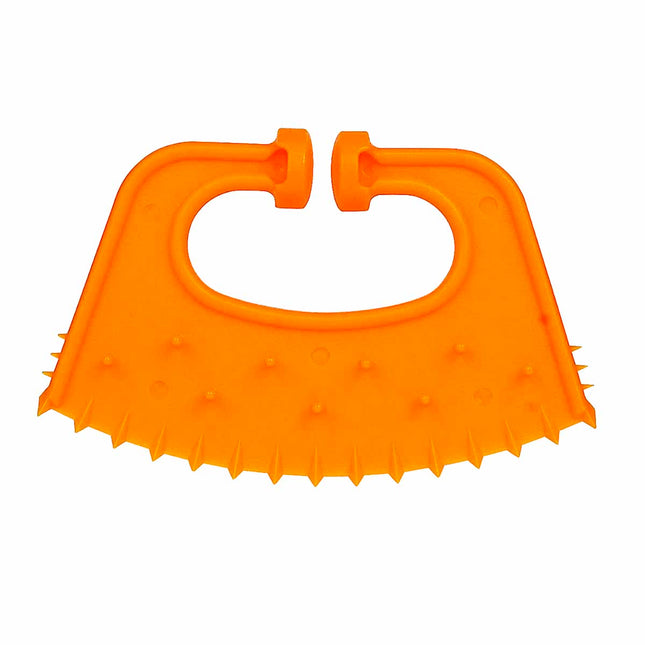
Calf Weaner Orange
The Calf Weaner Orange is a durable and easy-to-apply device designed to aid in the weaning process of calves. Made from virtually unbreakable plastic, these weaners are lightweight and do not cause discomfort to the animals. They are suitable for calves up to 18 months of age and work by impeding the calf's ability to suck while still allowing them to graze and have physical contact with their mothers. This method reduces the stress associated with weaning, as it prevents the calf from nursing but does not isolate them from the herd. Typically, the weaners are left on the calves for about 4-7 days before the calves are separated from their mothers, which helps them transition to feeding on grass and other solid foods. This practice not only supports the health and welfare of the calves but also contributes to the management of the herd during the weaning period Applying a Calf Weaner Orange is a straightforward process that can be done with care and attention to the calf's comfort. First, ensure that the calf is restrained safely to prevent injury to both the animal and the handler. The weaner typically consists of two pieces that clip or snap together through the calf's nostrils. Gently separate the calf's nostrils and insert the weaner, making sure that it's securely fastened but not overly tight. It's important to check that the weaner is not causing any undue stress or discomfort to the calf. After application, monitor the calf for a short period to ensure they can breathe comfortably and are able to graze and drink water without issue. The weaner should stay in place for about 4-7 days before removal, which should coincide with the separation of the calf from its mother. Always follow the manufacturer's instructions and consult with a veterinarian if you're unsure about the process or if it's the first time you're applying a weaner Specifically designed to stop calves from suckling. Durable plastic. Easy to apply.
$3.10 - $143.99
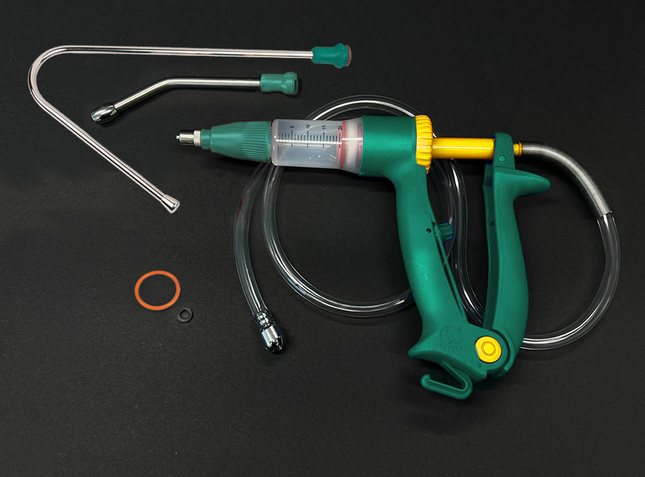
30CC / 50CC Cattle Drencher Gun Kit
3-in-1 Drencher for Dairy Cows, Beef Cattle, and Goats. This kit has it all! Hook Cannula, Mid-size Cannula, and Luer Lock for use as a vaccinator as well. Backpack adaptor.Drench Gun is perfect for use with Panacur suspensions and other oral medicines as well as any vaccines. Ergonomic design for maximum user comfort and durability. Dose adjuster from 30 ml to 50 ml for easy dose setting and accuracy. Pistol grip drench gun allows ease of administration of fluids to livestock, including cattle, sheep, and goats. Durable plastic frame with curved metal drenching probe.Special hook cannula aids in easy administration of oral suspension when dosing multiple herd animals.
$44.90 - $48.99
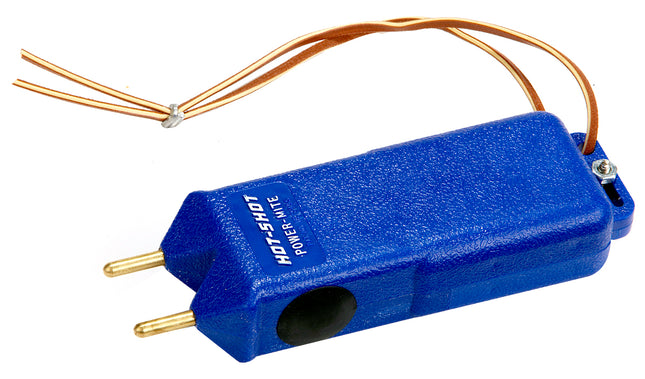
Hot-Shot® Power-Mite® Hand-Held Prod
Description The Hot-Shot Power-Mite is a hand-held prod designed for close-in work. Ideal for veterinarians, great for use on wet animals. The high-impact plastic case easily fits into your pocket. Moisture resistant. Includes two 9V alkaline batteries and a latigo carrying strap. Leather Holster is available, sold separately. Features Great for use on wet animals High-impact plastic case fits easily into your pocket Moisture-resistant Includes [2] 9-volt alkaline batteries Please Note: This product is only intended for use on large livestock. We do not recommend use on domestic animals.
$65.90
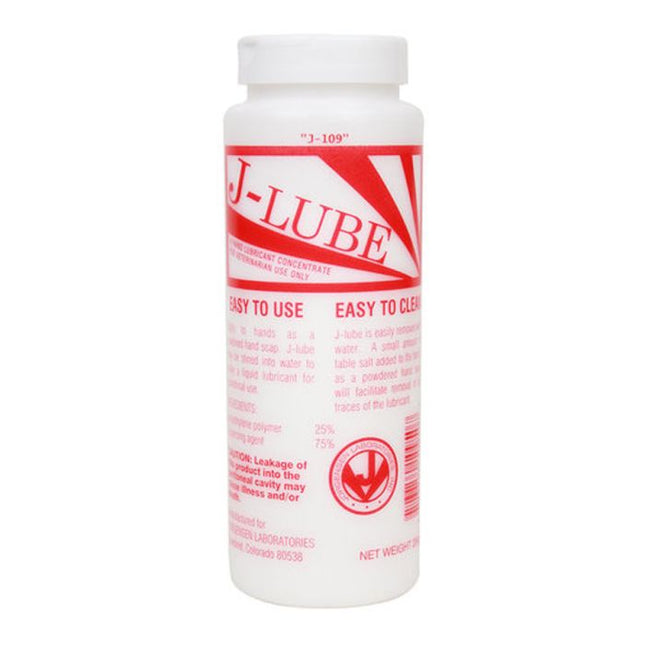
Jorgensen J0109 J-Lube bột (10 oz)
Bột cô đặc J-Lube hòa tan dễ dàng trong nước để tạo thành chất bôi trơn sản khoa. J-Lube là một chất bôi trơn đa năng, hiệu quả, hoàn toàn trơ và không gây kích ứng. Một chai 10 oz với đầu shaker tạo ra 6 đến 8 gallon chất bôi trơn. Áp dụng cho tay như một xà phòng rửa tay bột. J-Lube có thể được khuấy vào nước để làm chất bôi trơn lỏng để sử dụng sản khoa. J-Lube dễ dàng được loại bỏ bằng nước. Một lượng nhỏ muối ăn được thêm vào tay như một loại xà phòng rửa tay dạng bột sẽ tạo điều kiện loại bỏ tất cả dấu vết của chất bôi trơn. Một loại bột bôi trơn gốc nước, không mùi, có công thức để sử dụng an toàn với latex. Chất bôi trơn là lý tưởng cho sản khoa, nó rửa sạch dễ dàng sau khi sử dụng và không để lại mùi. Trộn bột đến bất kỳ sự nhất quán ưa thích. Nhà sản xuất: Phòng thí nghiệm Jorgensen Rửa sạch dễ dàng sau khi sử dụng và không để lại mùi. Một loại bột bôi trơn gốc nước, không mùi, có công thức để sử dụng an toàn với latex. Bột cô đặc J-Lube hòa tan dễ dàng trong nước để tạo thành chất bôi trơn sản khoa. J-Lube là một chất bôi trơn đa năng, hiệu quả, hoàn toàn trơ và không gây kích ứng. Áp dụng cho tay như một xà phòng rửa tay bột. J-Lube có thể được khuấy vào nước để làm chất bôi trơn lỏng.
$17.99
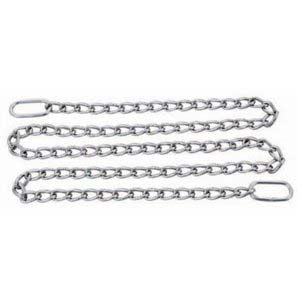
30 ̋ OB Chain
The 30' OB Chain is an essential tool in the realm of veterinary obstetrics, particularly in the agricultural sector. Crafted from high-grade materials this durable chain is designed to withstand the rigors of assisting with the delivery of calves. Its length and material are chosen to provide a good grip on the calf without causing injury, ensuring the safety of both the animal and the user. The OB chain's sanitary properties make it a superior choice over traditional ropes, which can harbor bacteria and are more challenging to clean. The choice of chain length is crucial; the 30' chain is optimal when the front legs of the calf are exposed, while longer chains may be necessary for different birthing positions within the birth canal. This tool's design reflects a deep understanding of the calving process and a commitment to animal welfare, making it a reliable choice for farmers and veterinarians alike. During calf delivery, there are several common complications that can arise, posing risks to both the calf and the mother. One of the most frequent issues is dystocia, which is difficulty in delivering the calf due to its size or position. Calves that are too large or positioned abnormally in the birth canal can cause significant delays in delivery, leading to oxygen deprivation and potential mortality. Additionally, cows with smaller pelvic areas may experience more difficulty during calving, which is particularly common in younger cows that have not reached full skeletal maturity. Nutritional status also plays a critical role; cows that are either undernourished or overweight may have increased rates of dystocia. Other complications include abnormal presentations, such as breech or transverse positions, which require veterinary intervention to correct. Managing these risks involves careful monitoring, proper nutrition, and sometimes, medical intervention to ensure the health and safety of both the cow and the calf during the birthing process This OB Chain is Strong! Tested to withstand a minimum of 1,200 lbs. of pull
$8.75

